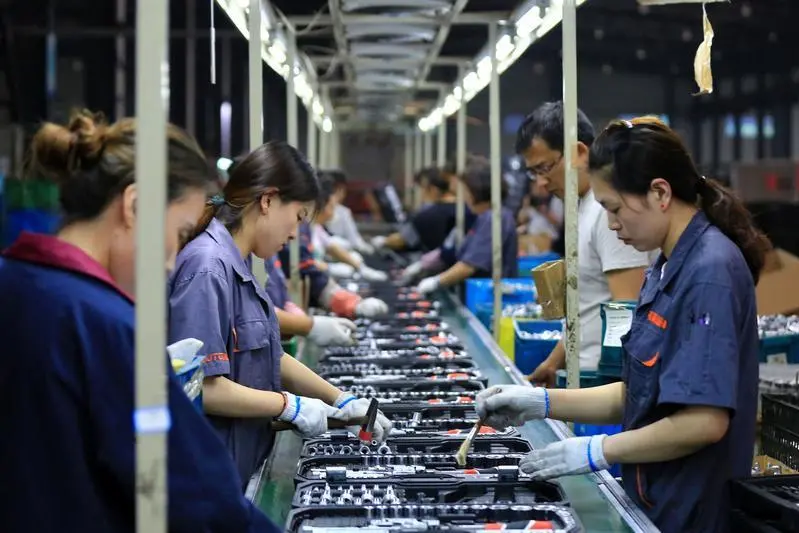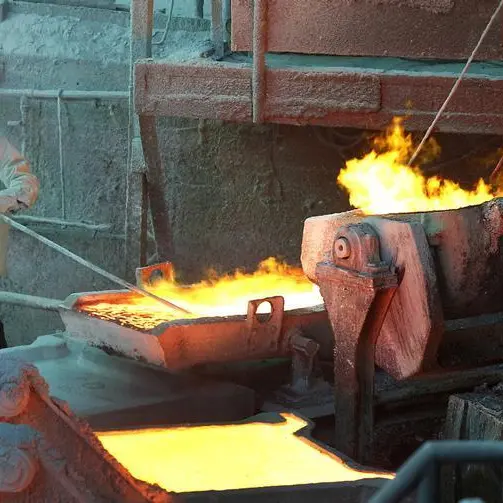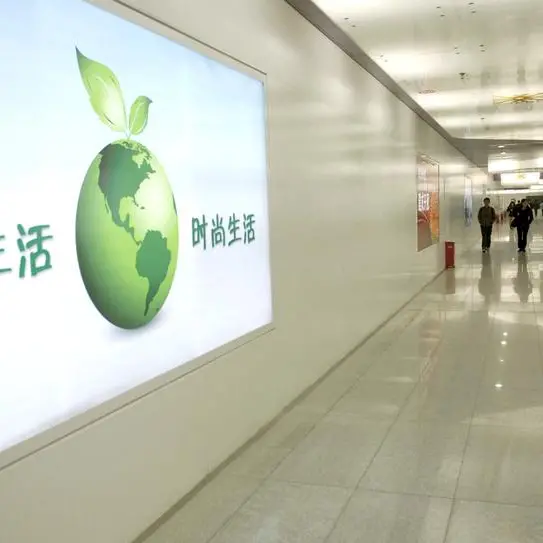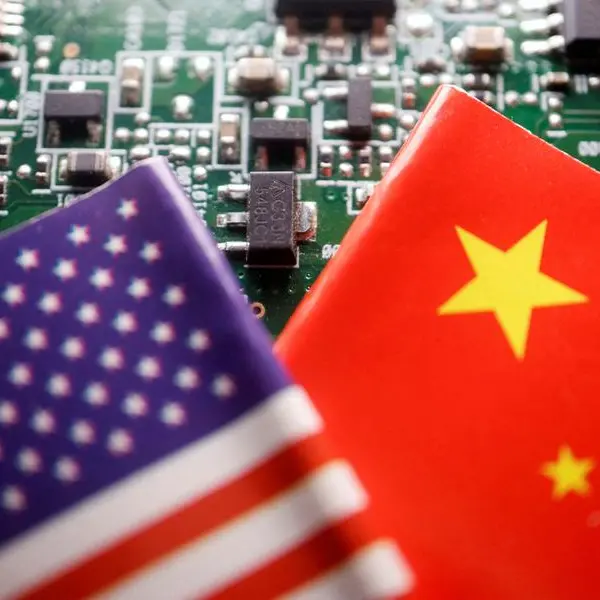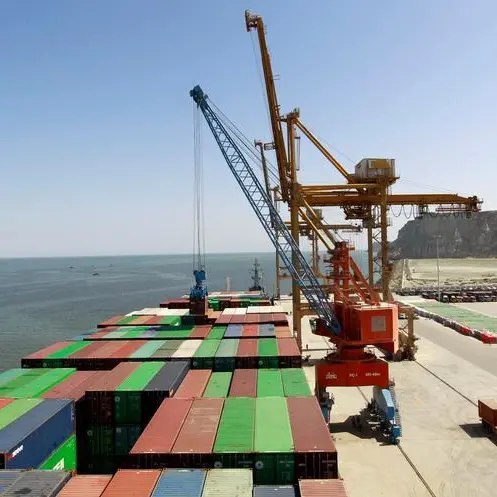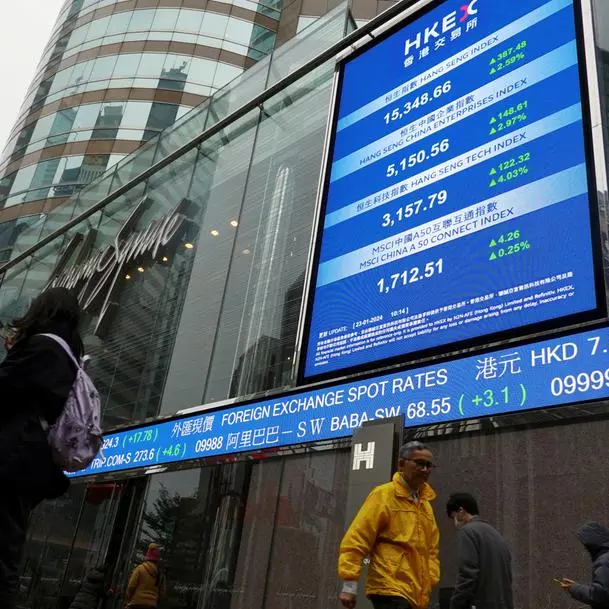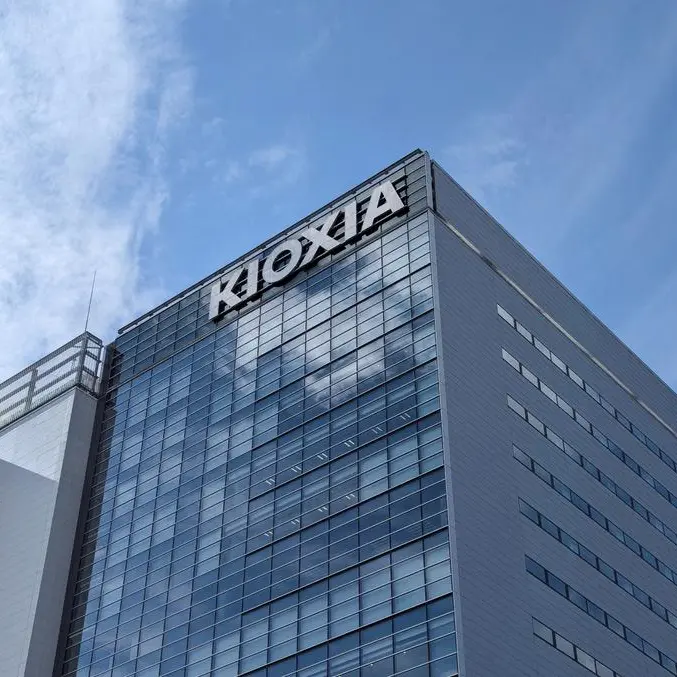PHOTO
BEIJING: China's factory activity shrank more slowly in January than in the previous month thanks to the end of the country's zero-COVID policy, though infections among workers still hampered production, a private sector survey showed on Wednesday.
The Caixin/S&P Global manufacturing purchasing managers' index (PMI) nudged up to 49.2 in January from 49.0 in December but missed the expectation in a Reuters poll of 49.5.
Since the reading was below 50, it marks a sixth straight monthly contraction.
The data contrasted with a stronger-than-expected result from an official survey that on Tuesday showed manufacturing activity swinging back to growth. The official survey largely focuses on big and state-owned firms, whereas the Caixin survey centres on small firms and coastal regions, which includes many exporters.
"Given differences in the composition of the firms surveyed, the more modest increase in the Caixin index suggests that smaller firms and exporters are facing the greatest headwinds amid weak foreign demand," Julian Evans-Pritchard, an economist at Capital Economics, wrote in a note.
Economists said the worst of the economic slump that followed abandonment of zero-COVID in early December seemed to have passed, because the associated wave of COVID-19 infections had been unexpectedly fast.
Nomura analysts said they were upgrading their outlook for China's 2023 economic growth, because quarterly growth for the October-December had been unexpectedly strong and "China's transition to herd immunity was faster than expected following the abrupt reopening in early December 2022".
Analysts have said the economy, the world's second-largest, will rebound in the first and second quarters, although long-term problems in the property sector and weakening external demand will be a drag on growth.
The Caixin survey showed that the infection wave and subdued market conditions had continued to weigh on customer demand and factory operations in January, with sub-indexes of both new orders and output indicating contraction, though at slower paces than in December.
Companies said employee resignations or absences due to COVID infection contributed to a rise in work backlogs.
While some firms said the rollback of virus containment measures had helped ease strain on supply chains, worker shortages in some places were still hampering logistics.
With global economic growth sluggish and customer demand cooling, a sub-index of new export orders indicated shrinkage for a sixth straight month in January, though less quickly than in December.
Still, Chinese manufacturers expressed greater optimism about output for the coming 12 months. The degree of positive sentiment surged to the highest level since April 2021.
The International Monetary Fund on Tuesday revised China's growth outlook sharply higher for 2023, to 5.2% from 4.4% previously, because of the end of zero-COVID. The policy and its lockdowns had slashed China's 2022 growth rate to 3.0%, a pace below the global average for the first time in more than 40 years. (Reporting by Ellen Zhang and Ryan Woo; Editing by Jacqueline Wong and Bradley Perrett)
